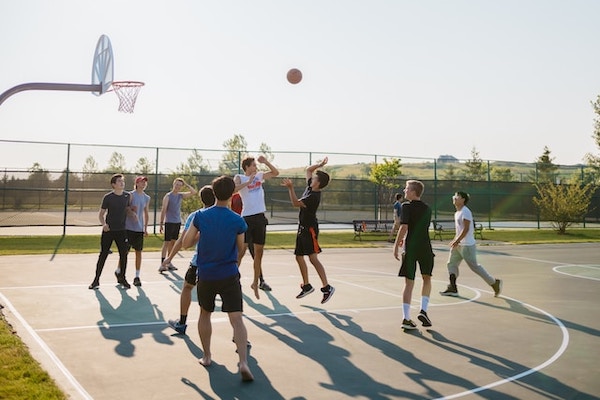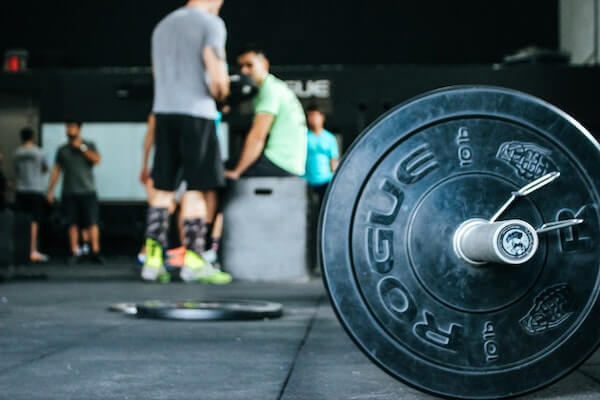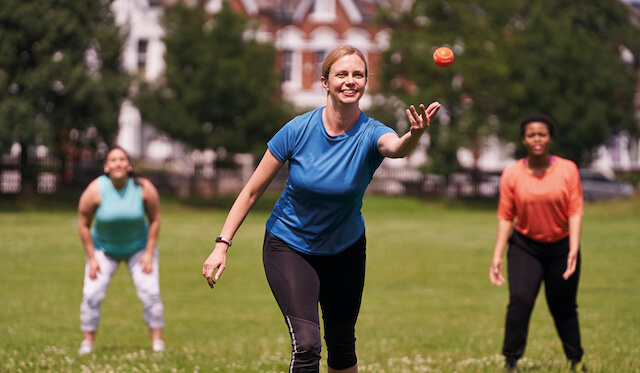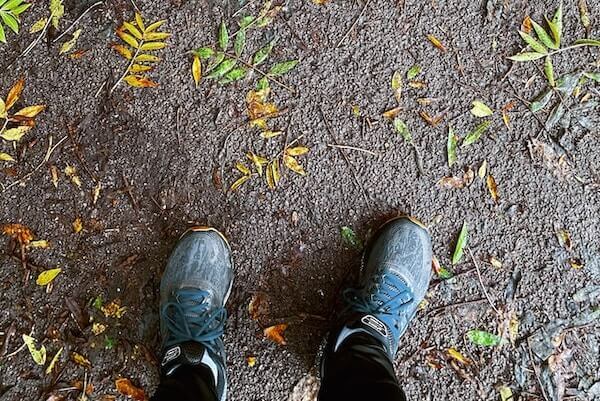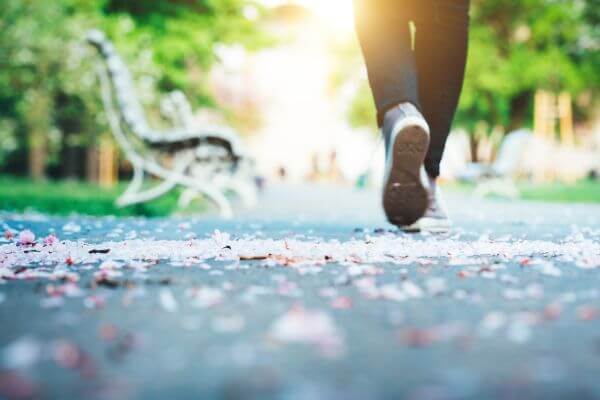
Are you ready to discover a new way to stay active? While we're accustomed to moving forward, have you ever considered the incredible benefits of walking backwards? It might sound unconventional, but this reverse motion offers a treasure trove of health advantages waiting to be unlocked. Let's delve into the world of backward walking and uncover its surprising benefits—backed by science!
Uncover the Hidden Perks
-
Engage Different Muscles: Walking backwards activates a unique set of muscles, including the quadriceps, hamstrings, calves, and glutes. It's like giving your muscles a fresh perspective, offering a comprehensive workout that complements forward movement.
-
Boost Balance and Coordination: Backward walking challenges your body's spatial awareness, enhancing balance and coordination over time. This not only reduces the risk of falls but also adds an exciting twist to your fitness routine.
-
Sharpen Cognitive Function: Reverse motion stimulates brain activity, improving spatial awareness, memory, and overall cognitive function. It's a fun way to keep your mind sharp while staying physically active.
-
Ease Joint Stress: By distributing weight differently, walking backwards can alleviate joint stress, especially in the knees and hips. Say goodbye to repetitive strain and hello to a smoother stride.
-
Burn More Calories: Surprisingly, walking backwards can torch more calories than forward walking at the same pace. With increased muscular effort and metabolic demand, you'll be turning heads and burning calories in no time.
How to Take the First Step
-
Start Slow: Begin in a safe, open space with short distances. Gradually increase speed and duration as you become more comfortable with the motion.
-
Focus on Form: Maintain an upright posture, relax your shoulders, and keep your gaze forward to avoid hazards. Short, controlled strides will keep you on track.
-
Seek Support: Walk near a wall, railing, or with a partner for added support and stability until you feel confident walking backwards independently.
-
Stay Alert: Be mindful of your surroundings, checking over your shoulder periodically for obstacles or approaching individuals.
-
Listen to Your Body: Pay attention to any discomfort or strain. Stop immediately if you experience pain and consult a healthcare professional if necessary.
Safety First
-
Choose Your Terrain: Opt for flat, even surfaces to minimize the risk of tripping or falling.
-
Wear Proper Footwear: Supportive, nonslip shoes will provide stability and reduce the risk of slipping.
-
Stay Visible: Wear bright, reflective clothing, especially in low-light conditions, to ensure others can see you.
-
Stay Focused: Avoid distractions to maintain your focus and maximize the benefits of backward walking.
Final Words
Walking backwards may seem unconventional, but its health benefits are too good to ignore. From engaging different muscles to improving balance and cognitive function, backward walking offers a refreshing twist to your fitness routine. With science backing its effectiveness and simple steps to get started, why not take the leap and explore the world of backward walking? Your body and mind will thank you for it!
Sources
-
Alkhathami, Khalid et al. “Comparing the effects of retro and forward walking on serum adiponectin levels in obese young adults.” Journal of Taibah University Medical Sciences vol. 18,5 917-925. 28 Jan. 2023, doi:10.1016/j.jtumed.2023.01.009
-
Cha, Hyun-Gyu et al. “Therapeutic efficacy of walking backward and forward on a slope in normal adults.” Journal of physical therapy science vol. 28,6 (2016): 1901-3. doi:10.1589/jpts.28.1901
-
Correno, Mathias Baptiste et al. “Association between Backward Walking and Cognition in Parkinson Disease: A Systematic Review.” International journal of environmental research and public health vol. 19,19 12810. 6 Oct. 2022, doi:10.3390/ijerph191912810
-
Zhang, Min et al. “The Immediate Effect of Backward Walking on External Knee Adduction Moment in Healthy Individuals.” Journal of healthcare engineering vol. 2022 4232990. 11 Nov. 2022, doi:10.1155/2022/4232990


